10 Rock Stars Who Left It All Behind—and Never Returned
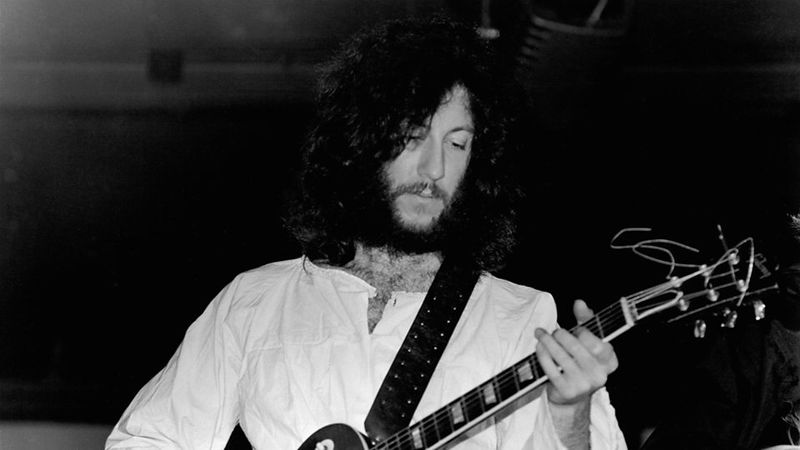
Fame, fortune, and adoring fans—these are the dreams that drive many musicians. But what happens when rock stars decide they’ve had enough? Some musicians walk away from the spotlight completely, trading stadium tours for quiet lives away from public scrutiny. These legendary performers didn’t just take breaks—they closed the door on their music careers permanently, often at the height of their popularity.
1. Bill Wyman – The Rolling Stones

The steady backbone of The Rolling Stones for over three decades, Bill Wyman shocked fans when he packed up his bass guitar in 1992. Unlike most rock star departures, there was no dramatic fallout—just a quiet decision to step away while still on top.
Wyman, then 55, simply felt he’d accomplished everything he wanted in music. While Mick and Keith continued rocking into their seventies, Bill retreated to a more normal existence, opening restaurants and pursuing photography.
He released occasional solo projects but refused all reunion offers. When the Stones celebrated their 50th anniversary, Wyman joined for just two songs before returning to his peaceful post-rock life, proving some musicians truly can walk away from the intoxicating roar of the crowd.
2. John Deacon – Queen

The silent genius behind Queen’s iconic basslines, John Deacon penned massive hits like “Another One Bites the Dust” and “I Want to Break Free.” Following Freddie Mercury’s death in 1991, something in Deacon changed forever.
After performing at The Freddie Mercury Tribute Concert in 1992, Deacon gradually withdrew. By 1997, he had completely retired from music, refusing to participate in any Queen activities—no performances, no recordings, not even attending the band’s Rock and Roll Hall of Fame induction.
Today, Deacon lives as a recluse in London, managing the band’s financial affairs but otherwise maintaining zero public presence. While Brian May and Roger Taylor continue Queen’s legacy, Deacon remains the member who truly walked away without looking back.
3. Grace Slick – Jefferson Airplane / Jefferson Starship
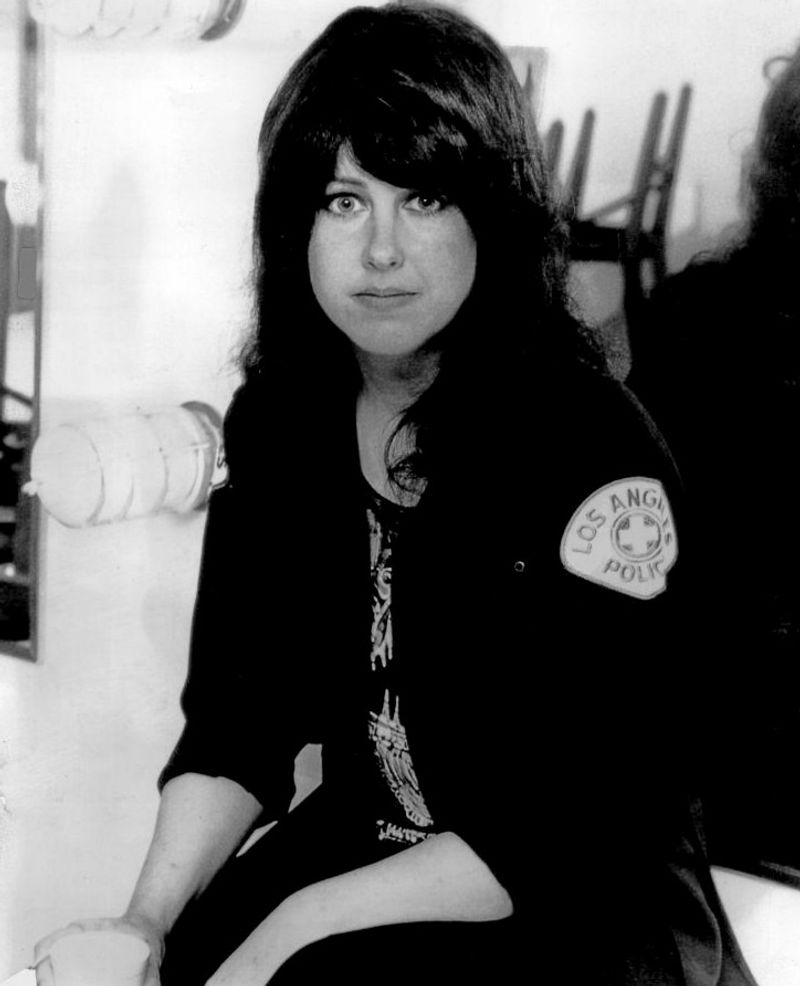
The powerful voice behind “White Rabbit” and “Somebody to Love” didn’t fade away—she deliberately unplugged her microphone. Grace Slick, the pioneering female rocker who helped define psychedelic music in the 1960s, made a conscious choice to exit the stage.
By the late 1980s, Slick realized something important: rock and roll belonged to the young. “It’s embarrassing to be a 45-year-old woman prancing around in tight clothes,” she famously remarked. Rather than becoming a caricature of her former self, she reinvented herself as a visual artist.
Today, her paintings—often featuring Alice in Wonderland themes—sell for thousands. Unlike many aging rockers, Slick recognized when her musical chapter had ended and boldly started a new one.
4. Peter Green – Fleetwood Mac
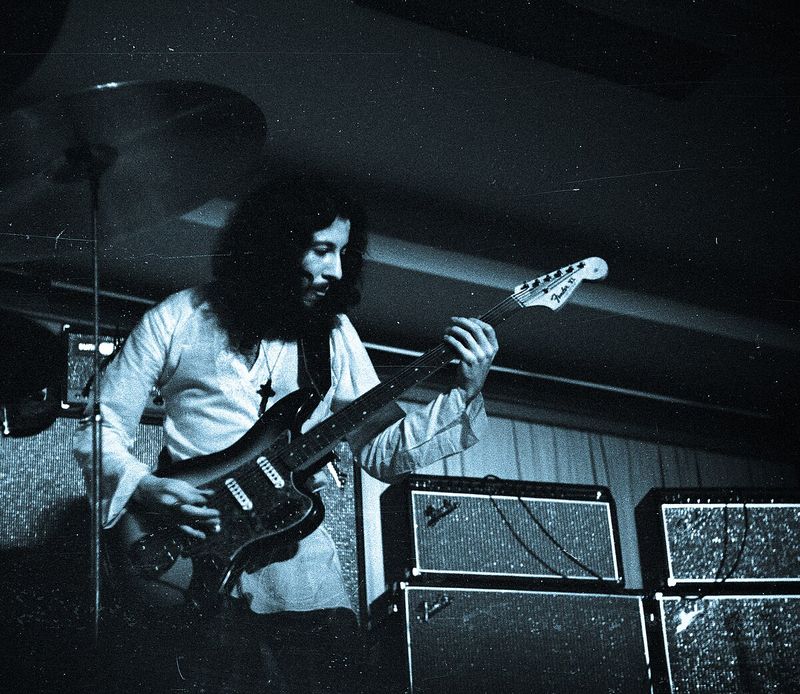
Before Stevie Nicks and Lindsey Buckingham transformed Fleetwood Mac into pop superstars, Peter Green was the band’s beating heart. A blues guitarist often mentioned alongside Clapton and Hendrix, Green wrote classics like “Black Magic Woman” and “Oh Well” before abruptly departing in 1970.
Mental health struggles and drug use changed the gentle musician. After an incident at a commune in Munich, Green was never quite the same. He gave away his money, performed odd jobs like gravedigging, and spent time institutionalized.
For decades, Green lived in near-complete obscurity, occasionally emerging for small projects but never reclaiming his former glory. When he died in 2020, musicians worldwide mourned the genius who walked away from fame, fortune, and the band that still bears his legacy.
5. Vito Bratta – White Lion

Hair metal produced many flashy guitarists, but few had the technical brilliance of Vito Bratta. The White Lion axeman dazzled with his melodic solos on hits like “Wait” and “When the Children Cry,” drawing comparisons to Eddie Van Halen.
Then suddenly—silence. When White Lion disbanded in 1992, Bratta didn’t join another band or launch a solo career. He simply disappeared. Rumors swirled: wrist injuries, family obligations, disillusionment with the music business.
For three decades, Bratta has remained almost completely absent from public life, declining all reunion offers and rarely granting interviews. While contemporaries continued chasing fading glory on the nostalgia circuit, Bratta walked away at his peak, making him perhaps the most mysterious vanishing act in rock history.
6. Skip Spence – Moby Grape / Jefferson Airplane
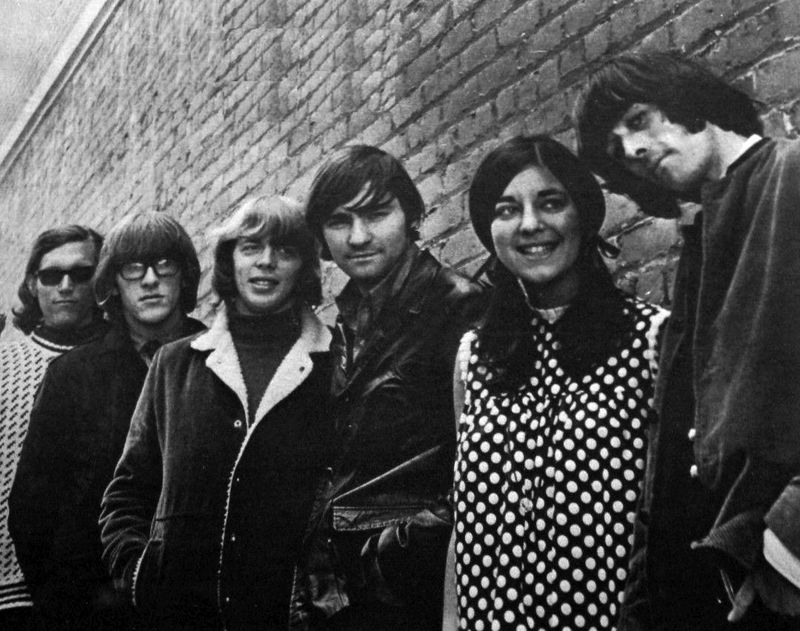
The tragic tale of Alexander “Skip” Spence represents one of rock’s most heartbreaking exits. A founding member of Jefferson Airplane and Moby Grape, Spence was a brilliant multi-instrumentalist whose career imploded amid mental illness and drug use.
After a psychotic episode where he attacked bandmate Don Stevenson with an axe, Spence was committed to Bellevue Hospital. Upon release, he recorded the haunting solo album “Oar” before effectively vanishing from music.
Spence spent years homeless, battling schizophrenia and addiction. Unlike other musicians who chose to walk away, Spence’s exit was forced by his demons. When he died in 1999, he left behind only fragments of what might have been—a cautionary tale of a rock star who didn’t leave fame behind so much as have it cruelly stripped away.
7. Graham Simpson – Roxy Music

While Bryan Ferry became the enduring face of Roxy Music, few remember the band’s original bassist who helped forge their revolutionary sound. Graham Simpson co-founded the influential art-rock group with Ferry in 1970, appearing on their groundbreaking self-titled debut album.
Then, as quickly as he appeared, Simpson vanished. Suffering from depression and questioning his path, he left the band just as they were gaining momentum. Unlike bandmates who enjoyed decades of fame, Simpson embarked on a spiritual journey across India.
He reportedly spent years living in ashrams, embracing Eastern philosophy and rejecting Western materialism completely. When he died in 2012, many Roxy Music fans didn’t even recognize his name—a founding member who chose spiritual enlightenment over rock stardom.
8. James Williamson – The Stooges
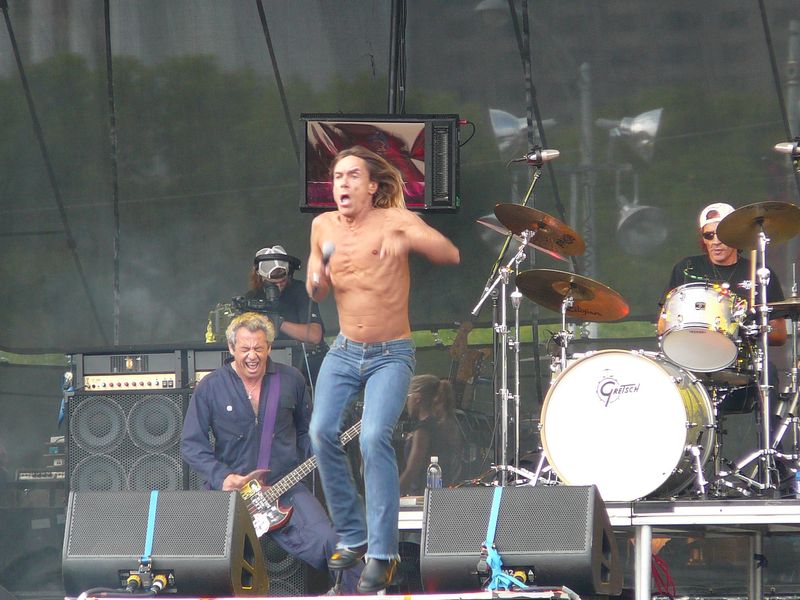
The fierce guitar attack on Iggy & The Stooges’ seminal “Raw Power” album came from James Williamson, whose razor-sharp riffs helped define proto-punk. When the band imploded in 1974 amid drug problems and commercial failure, Williamson made a decision few rock stars ever consider.
He went back to school. Trading his Les Paul for textbooks, Williamson earned an electrical engineering degree and entered the corporate world. By the 1980s, the former rock outlaw was working as an executive at Advanced Micro Devices and later Sony, developing technology standards.
For 30 years, Williamson completely abandoned music, his guitar gathering dust while he attended board meetings. Though he briefly rejoined a reformed Stooges in 2009 after retiring from Sony, his transformation from punk pioneer to tech executive remains rock’s most dramatic career change.
9. Bill Berry – R.E.M.

The rhythmic foundation of R.E.M. for 17 years, Bill Berry shocked fans and bandmates alike when he quit in 1997. His departure wasn’t due to the usual rock band tensions—it came after a terrifying brain aneurysm he suffered while performing in Switzerland in 1995.
Though he recovered, the brush with mortality changed Berry’s priorities. The drummer traded stadium tours for a 150-acre hay farm in Georgia, embracing the quiet rural life he’d always dreamed about. R.E.M. continued as a trio until 2011, but was never quite the same without Berry’s distinctive drumming.
Unlike many retired musicians who can’t resist the spotlight’s pull, Berry has made only rare musical appearances since leaving. His contented life as a gentleman farmer proves sometimes the dream isn’t rock stardom but escaping it.
10. Sterling Morrison – The Velvet Underground
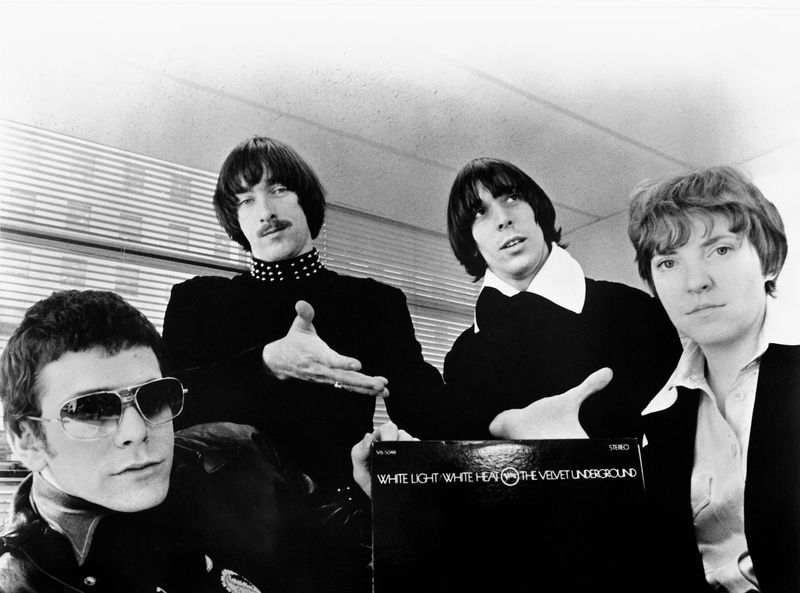
While Lou Reed became an icon and John Cale an avant-garde legend, Velvet Underground guitarist Sterling Morrison chose perhaps the most unexpected second act in rock history. After the influential band dissolved in 1970, Morrison briefly reunited with them in 1993 before pursuing a dramatically different path.
Using his intelligence for something completely removed from music, Morrison earned a Ph.D. in medieval literature from the University of Texas. Not content with just academic pursuits, he also worked as a tugboat captain in Houston’s ship channel—about as far from the gritty New York art scene as one could get.
Morrison found satisfaction in his blue-collar maritime job until his untimely death from cancer in 1995. His journey from Andy Warhol’s Factory to steering vessels through shipping lanes remains rock’s most remarkable career pivot.

Comments
Loading…